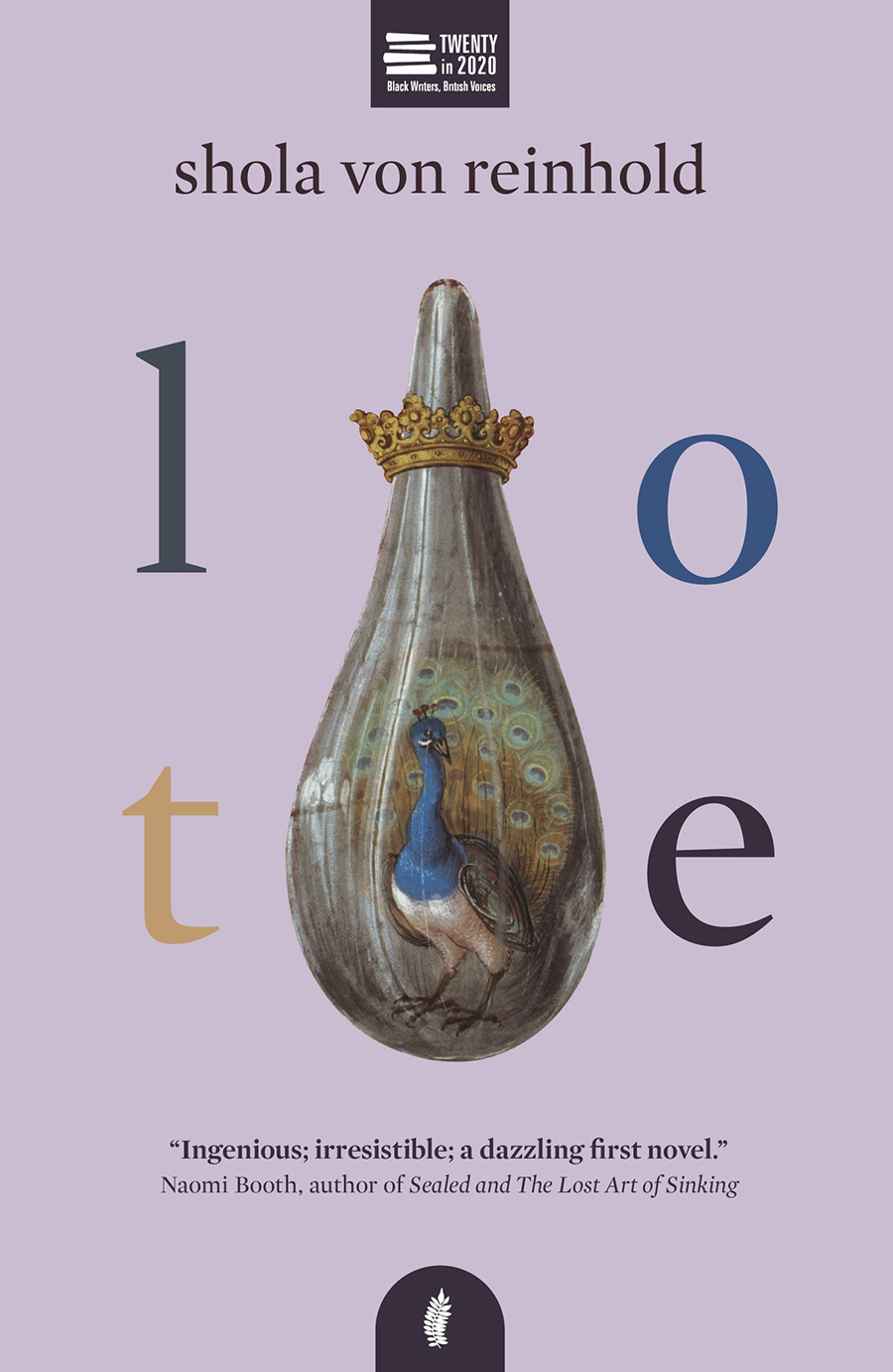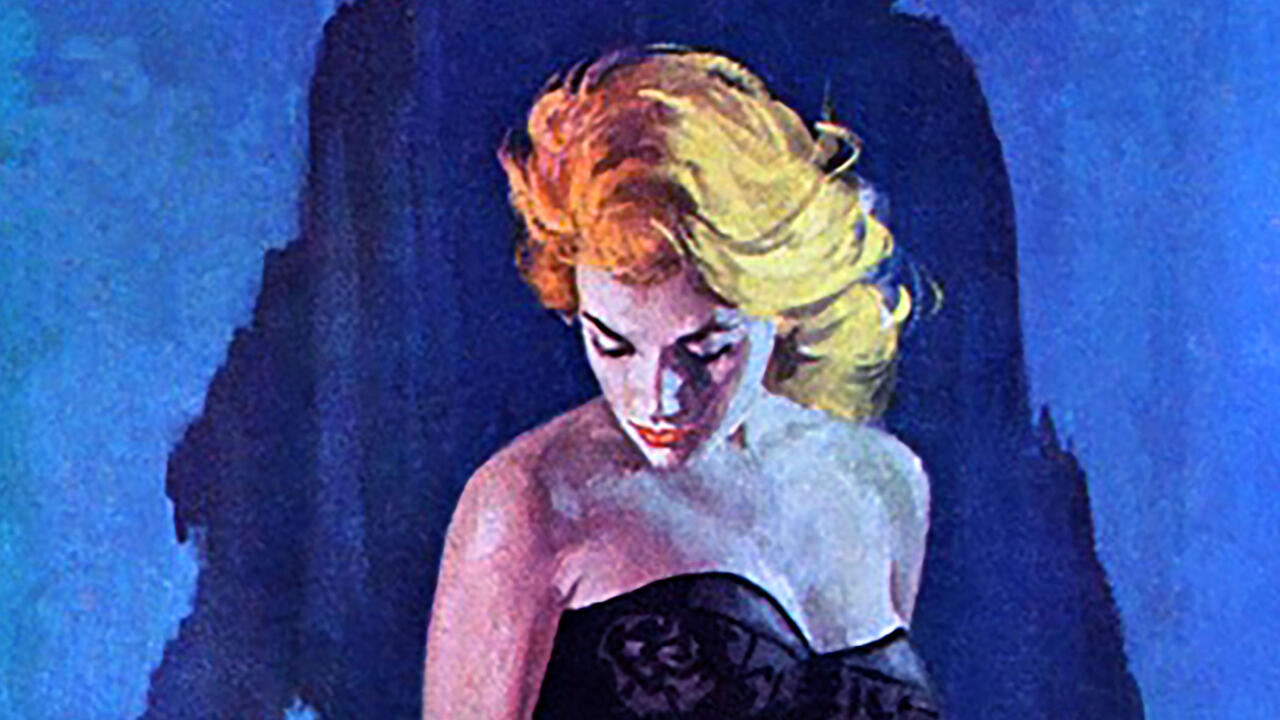Glamour and Resistance in Shola von Reinhold’s ‘Lote’
Decadence, dazzle and decoloniality in this debut novel about the search for a forgotten Black modernist amidst the Bright Young Things of 1920s Britain
Decadence, dazzle and decoloniality in this debut novel about the search for a forgotten Black modernist amidst the Bright Young Things of 1920s Britain

‘People like to presume madness over style whenever they have the chance,’ begins Lote, the extraordinary debut novel by Glasgow-based Shola von Reinhold, published by Jacarada in March. Mathilda Adamarola, the protagonist, has arrived for her first day volunteering at an archive and ‘an incensed blond twink’ is looking at her outfit of ‘eBay lab diamonds, silver leatherette and lead velvets’ with great disdain. At the archive, Adamarola claims that she is working on a book about the 1920s aesthete and socialite Stephen Tennant and the Bright Young Things, but her private fascinations are much more tremendous: she distinguishes herself from those who simply worship, recast and curate the past – a privilege not afforded to her easily, being that she is Black, working-class and of ‘a body that’s apparently historically impermissible’. Adamarola is unmoved by histories that don’t include her, in which she cannot find herself. She instead falls into lucid dreams – ‘the equivalent of sunlit opiate-baths’ – about a group she calls her ‘Transfixions’. These figures are high camp, daringly queer and gender fluid. They are mostly Black. They are ornamented and lavish, drunken and shiningly brilliant. Details of them send her ‘careering’. Adamarola’s is a history that dresses up and drinks foamy pink champagne. It is matched only by Von Reinhold’s rich and glorious writing, which reads as though – to put it in their own description of a room draped in candlelight – everything has been smeared with gold oil.

While looking through photographs at the archive – many of which are of the Bloomsbury Group, lounging and smoking – Adamarola is struck by an image from a party in a wood-panelled room. She is mesmerized by the ‘excruciation of coil and kink,’ which makes her ‘ache with jealousy and bliss’. In the photograph is a Black woman, dressed in chain mail and feathers, her hair ‘brushed into a commanding nimbus’. Adamarola has never seen a photograph of a Black person from the 1920s, especially with unstraightened hair, outside of colonial anthropological documents. Especially not of someone clutching a stemmed glass of champagne at a society party. The photograph is of Hermia Drumm, a Black Scottish modernist poet. Drumm is fictional, but only to the extent that we allow her to remain implausible. Through her, Von Reinhold casts questions on the writing of history and those it has intentionally left out. It’s not a conspiracy theory, it doesn’t need to be: the erasure of Black lives has so often been a totally casual act. Our historical imaginations are challenged – can we allow Drumm to have existed, to have led a life?

Both real and imagined, Adamarola’s Transfixions include, among others: Stephen Tennant, described as a ‘human orchid who said he heard the flowers, his siblings, chant his name’; Ardizzoni, an 18th-century composer with an unfinished opera on Saint Christine the Astonishing ‘who woke up during her funeral and flew up into the rafters because the stench of sin became too unbearable’; and Roberte Horth, a writer from French Guyana, a Black woman in 20th-century Paris, in whose semi-autobiographical short story the protagonist Lea is a ‘beautiful weapon, a cabinet-curiosity to show to the inquisitive’. Adamarola writes down these details – details that come to her as much from research as the fantasy-fuelled trances that these figures put her in – on tarot-like cards with coloured ink. On the back of each card, she notes the sensation produced when she imagines that person. For example, with Ardizzoni: a ‘nocturnal gilding coats the bones’; or, when she thought of Drumm, ‘moonlight, of a kind, sighed up and down the tube of my spine.’ These sensations make visceral the thrill of recognizing oneself in history. It’s more than just the bliss of representation: history here is feeling, not just narrative.
In quest of Drumm’s story, Adamarola hunts down a book, Black Modernisms, which is full of stories of erstwhile erased Black history. It is Von Reinhold’s book within a book, where they also elaborate on stories of Drumm, tying the pieces of her life together. For instance: Drumm once arrived at a party in an 18th-century gown so voluminous that it required a sideways entrance through the door. (It had been smuggled from the archives of the Victoria and Albert Museum for the occasion.) Another time, she glided down from the ceiling of a darkened room on jump ropes, dressed in ‘blazing wings and rippling robes’. Her hair was always in an elaborately styled Afro: a rococo beehive, adorned with pearls or with a glistening coronet on top. Party guests fainted at the sight of her in a kind of racism-induced episode of Stendhal syndrome. Von Reinhold questions who history allows to be glamorous, to be idolized as daring or iconic. Drumm’s contemporaries were considered eccentric or fashionable, but Drumm herself was written off, as Black Modernisms explains, as having ‘some wayward negro element’.

Eccentricity, according to von Reinhold, is ‘tethered to the idea of rarefied and semi-fragile aristocracy.’ In Adamarola’s world, Luxury (with a capital L) is an ideology, a kind of resistance. It’s an opposition to the Whiteness that has always told Black people that they are too ornamented, ‘too much’: a rally against a world in which people of colour have been historically humiliated for their beads and tattoos, braids and jewellery. As Adamarola falls deeper into Drumm’s story, she learns about a secret society of West African, proto-Communist, lotus-eaters and worshippers of the ‘Luxuries’. If angels are spiritual messengers, the Luxuries are aesthetic ones. They appear – with iridescent wings, onyx skin, ruby-red cheeks and illustrious Afros – once one has ‘conquered the grim imposition of reality’. Lote is a magical, revolutionary piece of writing that does exactly that.
Lote is published by Jacaranda Books as part of its #TWENTYIN2020 initiative to publish twenty titles by Black British authors in 2020.




















